A few days ago I wrote some things about the recent AOS decision to change bird names. It was a struggle, because the situation is big and complex and difficult to distill down to a few digestible paragraphs. I tried my best, but I never know when to stop talking, so here are five additional random thoughts about the AOS changing bird names:
1. The support for this movement may be broader than you think.
One very frequent protest regarding the movement to change bird names is that this decision represents only a small minority of birders or is being pushed through by a very small number of activists. It seems very worth pointing out that not only is the American Ornithological Society one of the most significant organizations promoting bird research and conservation in North America, its statement has also been openly supported by:
- eBird
- The Cornell Lab of Ornithology and its Executive Director
- Birds Canada
- The Society of Canadian Ornithologists
- David Sibley
- The American Bird Conservancy
- The American Birding Association
- Kenn Kaufman
And many other prominent bird-related organizations and individuals. To say that this initiative is only supported by a fringe minority is just plain wrong. It’s genuinely and demonstrably important to a big chunk of the birding community, and that’s reason enough to consider it.
2. The trickiest groups of birds will require the most creativity.
Some people have suggested that eponymous names are particularly important in groups of birds where the species are very similar and difficult to separate using simple descriptors. Shearwaters, murrelets and sparrows certainly come to mind. The argument is that it’s simply not possible to generate unique, descriptive names for birds of this nature.
This seems like a reasonable point on the surface, but if I may offer a counterpoint, I would present to you the cisticolas. There are over 50 species of cisticolas and they look like this:
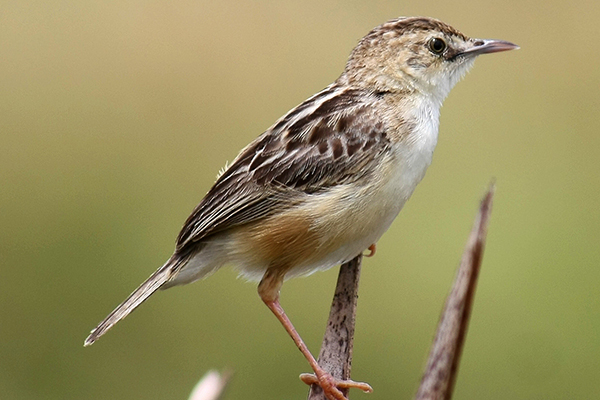
And this:
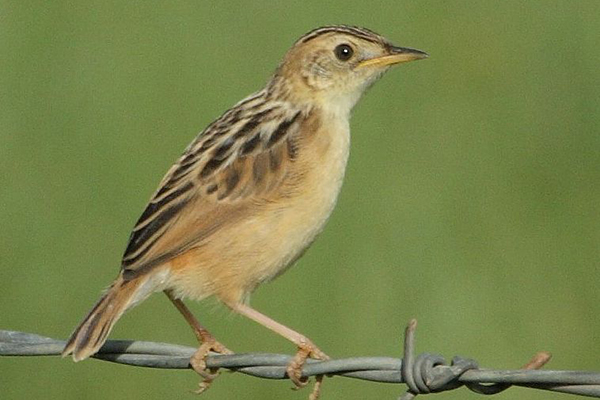
And this:
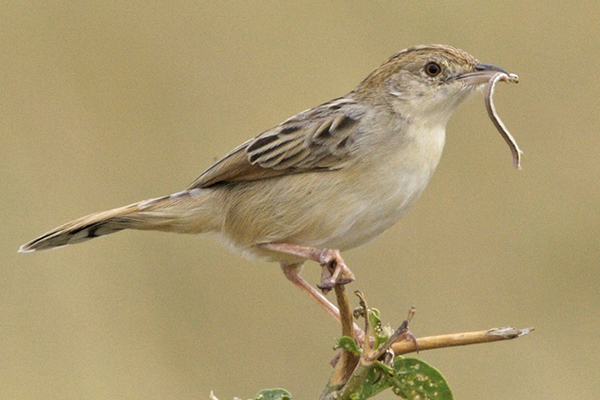
Yes, those are three different bird species. The group does, admittedly, contain a couple of eponymous names, but it also contains the greatest set of sound-describing adjectives in all of birddom. Behold:
- Singing Cisticola
- Chattering Cisticola
- Whistling Cisticola
- Trilling Cisticola
- Bubbling Cisticola
- Rattling Cisticola
- Tinkling Cisticola
- Wailing Cisticola
- Churring Cisticola
- Chirping Cisticola
- Winding Cisticola
- Croaking Cisticola
- Piping Cisticola
- Siffling Cisticola
- Zitting Cisticola
- Wing-snapping Cisticola
- Cloud-scraping Cisticola
The cisticolas are absolute proof that with a little creativity, some determination, and a good handle on the language, descriptive names are possible for any and all groups of birds1.
3. A few bad apples shouldn’t be the entire focus.
Much has been made of the objectionable deeds of a subset of bird name honorees. Those histories – like that of Captain McCown – are worth examining, and are perfectly reasonable grounds for changing the names of some birds. But there are certainly some eponymous birds named after people who were not notably bad, or fall somewhere on a spectrum (don’t we all).
Most articles and opinions covering this decision are focused on those few particularly bad apples, and I understand why. Removing the names of slave-owners, for example, is attention-grabbing and easy to understand. I don’t disagree with that premise at all, but I do think the focus on only these cases obscures some of the more pervasive but less obvious problems with naming birds after people.
A recent blog post by Denis Lepage articulates these issues beautifully (even when you Google Translate the page into English, as I did), but fundamentally these names originate in a time when North American ornithology bordered on a quest for glory by a small number of wealthy elites. These competitive collectors secured themselves a place in history by attaching their names (and those of their close, personal friends) to the birds they “discovered”. Birds, it should be said, which existed and were known long before the arrival of European naturalists2.
In that context, these names simply don’t make sense anymore. Some argue that without these naturalists we wouldn’t have our current knowledge and understanding of North American birds, but that’s simply not true. If Audubon or Wilson had never existed, we wouldn’t exactly be mystified by the strange, feathery things in the sky. Yes, those famous naturalists are part of the foundation of North American ornithology, but we’d still know about birds without them, and the act of naming birds after themselves or their friends was a selfish one. Those names simply don’t serve the needs of the birds or the ornithological community today.
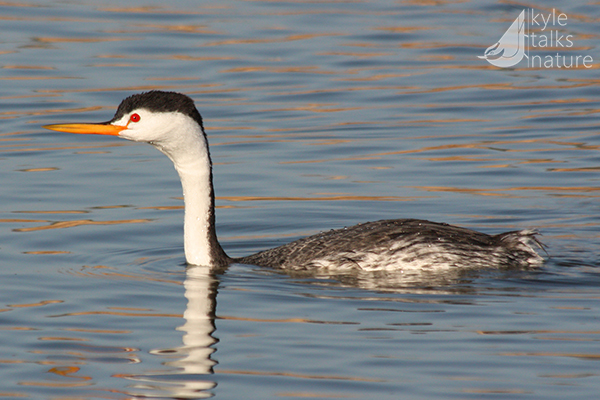
4. Yes, this problem is bigger than birds.
Perhaps the most common refrain coming from the opposition is “where does it end?”. Folks are asking incredulously (and sarcastically) if we also need to reconsider the names of places, buildings, organizations, geographical features, and other things named after people. They are essentially saying “this problem is so universal that we shouldn’t bother addressing it at all”.
That, of course, is nonsense. The answer to “where does it end?” is obviously “when the problem is solved”. That may mean never, but not addressing a problem because it’s too big is no excuse. If anything, the movement to address this issue with birds has elucidated the need to address it elsewhere3. Let’s start here and see where it goes. It’s an excellent point that the movement’s opponents have so eloquently and accidentally stumbled upon.
5. Bird names can, and should, be amazing.
I can’t help but feel that many people are missing what a spectacular opportunity this is. It concerns me that people are not aware of just how good a bird name can be. Have they even heard of the Black Metaltail. Do they know about the Perplexing Scrubwren? Have they had the pleasure of saying Tit Berrypecker out loud?
The new names for eponymous birds don’t have to be boring and plain. They can be spectacular, and they should be. As a reminder of just what we stand to gain, I present to you a list of 132 genuine English names of real bird species that actually exist in the world. Read it before bed tonight and you’ll have spectacular dreams, I promise.
- Amethyst-throated Sunangel
- Ancient Murrelet
- Ankober Serin
- Austral Canastero
- Bat-like Spinetail
- Bearded Mountaineer
- Beautiful Firetail
- Black Butcherbird
- Black Metaltail
- Black Sawwing
- Black Scimitarbill
- Black-rumped Flameback
- Blaze-winged Parakeet
- Booted Racket-tail
- Bougainville Hooded Whistler
- Bronze-tailed Plumeleteer
- Brownish Twistwing
- Buff-throated Purpletuft
- Burnt-neck Eremomela
- Carbonated Sierra-Finch
- Carunculated Caracara
- Caucasian Snowcock
- Celestial Monarch
- Changeable Hawk-Eagle
- Charming Hummingbird
- Cheer Pheasant
- Chiming Wedgebill
- Chocolate Boobook
- Citreoline Trogon
- Clamorous Reed Warbler
- Clicking Shrike-Babbler
- Cloud-scraping Cisticola
- Cloven-feathered Dove
- Cock-tailed Tyrant
- Coral-billed Scimitar-Babbler
- Creamy-breasted Canastero
- Cricket Longtail
- Dark Chanting-Goshawk
- Diabolical Nightjar
- Diademed Tapaculo
- Diamond Firetail
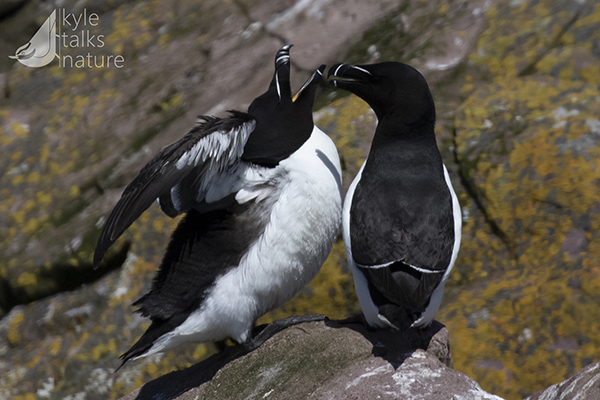
- Elegant Crescentchest
- Empress Brilliant
- Exclamatory Paradise-Whydah
- Fasciated Antshrike
- Feline Owlet-nightjar
- Festive Coquette
- Fiery Topaz
- Fire-fronted Serin
- Fire-throated Metaltail
- Firewood-gatherer
- Flame Robin
- Flaming Sunbird
- Fluffy-backed Tit-Babbler
- Flutist Wren
- Fluttering Shearwater
- Fringe-backed Fire-eye
- Glittering-bellied Emerald
- Goldenface
- Gray Go-away-bird
- Great Lizard-Cuckoo
- Great Sapphirewing
- Green-crowned Brilliant
- Growling Riflebird
- Hamerkop
- Handsome Francolin
- Handsome Fruiteater
- Happy Wren
- Hardhead
- Himalayan Beautiful Rosefinch
- Horned Screamer
- Immaculate Cupwing
- Invisible Rail
- King Vulture
- Little Spiderhunter
- Lovely Cotinga
- Lucifer Hummingbird
- Macaroni Penguin
- Magnificent Riflebird
- Marble-faced Bristle-Tyrant
- Marvelous Spatuletail
- Melancholy Woodpecker
- Metallic-winged Sunbird
- Modest Tiger-Parrot
- Musician Wren
- Mysterious Starling
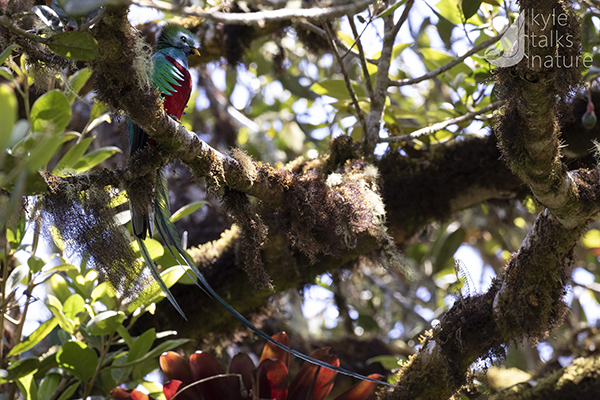
- Noble Snipe
- Oleaginous Hemispingus
- Orange Dove
- Ornate Hawk-Eagle
- Perplexing Scrubwren
- Plushcap
- Pompadour Cotinga
- Powerful Woodpecker
- Predicted Antwren
- Prong-billed Barbet
- Purple-throated Sunangel
- Pyrrhuloxia
- Rainbow Starfrontlet
- Razorbill
- Relict Gull
- Resplendent Quetzal
- Rhinoceros Auklet
- Rock Earthcreeper
- Rufescent Tiger-Heron
- Rustic Bunting
- Scintillant Hummingbird
- Screaming Piha
- Scribble-tailed Canastero
- Shining Sunbeam
- Sibilant Sirystes
- Snoring Rail
- Soft-plumaged Petrel
- Spangled Coquette
- Sparkling Violetear
- Squatter Pigeon
- Standardwing Bird-of-Paradise
- Strange-tailed Tyrant
- Superb Fairywren
- Surfbird
- Tit Berrypecker
- Transvolcanic Jay
- Vampire Ground-Finch
- Vegetarian Finch
- Violet Sabrewing
- Viridian Metaltail
- Vivid Niltava
- Warbling Doradito
- Welcome Swallow
- Yellowhammer
- Zitting Cisticola
We can advocate for more names like this. Exciting and evocative names that make people want to know more about the birds that bear them. Names that provide the perfect springboard for conservation and education efforts. Names that make you smile. Names, in my opinion, that the birds deserve.
1Honorable mention for Foxy Cisticola, Stout Cisticola, and Rock-loving Cisticola which are not named for sounds but are still very good.
2In some cases the people who named these North American birds were not even the first white, English-speaking, or European naturalists to describe them. The Bonaparte’s Gull was described by one such naturalist in 1815, then again by two others in 1831. The latter two gave the bird the name “Bonaparte’s” in honour of their friend, who seemingly had nothing to do with the bird at all.
3Incidentally this process has already begun in other fields including geography, entomology, and medicine.

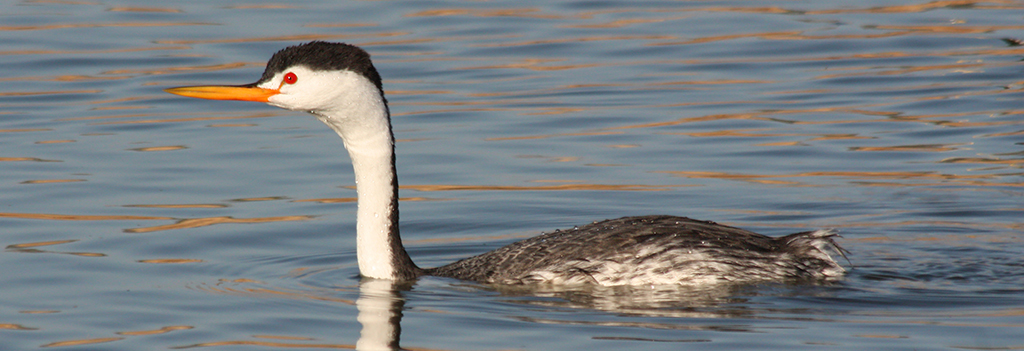
2 replies on “Five More Random Thoughts About the AOS Changing Bird Names”
I agree, and personally I think people are so worried about changing names are quite missing out of all the fun and creativity that can be put in a bird species name change. If invertebrates have a boatload of silly and fun names, why can’t birds have more of that too? Also common names can be different depending on region and culture and language any ways, so I think changing names in the english language should not be a huge deal.
[…] don’t go! This is not a post about eponymous bird names. I’ve done that before, and I’ll surely do it again, but not […]